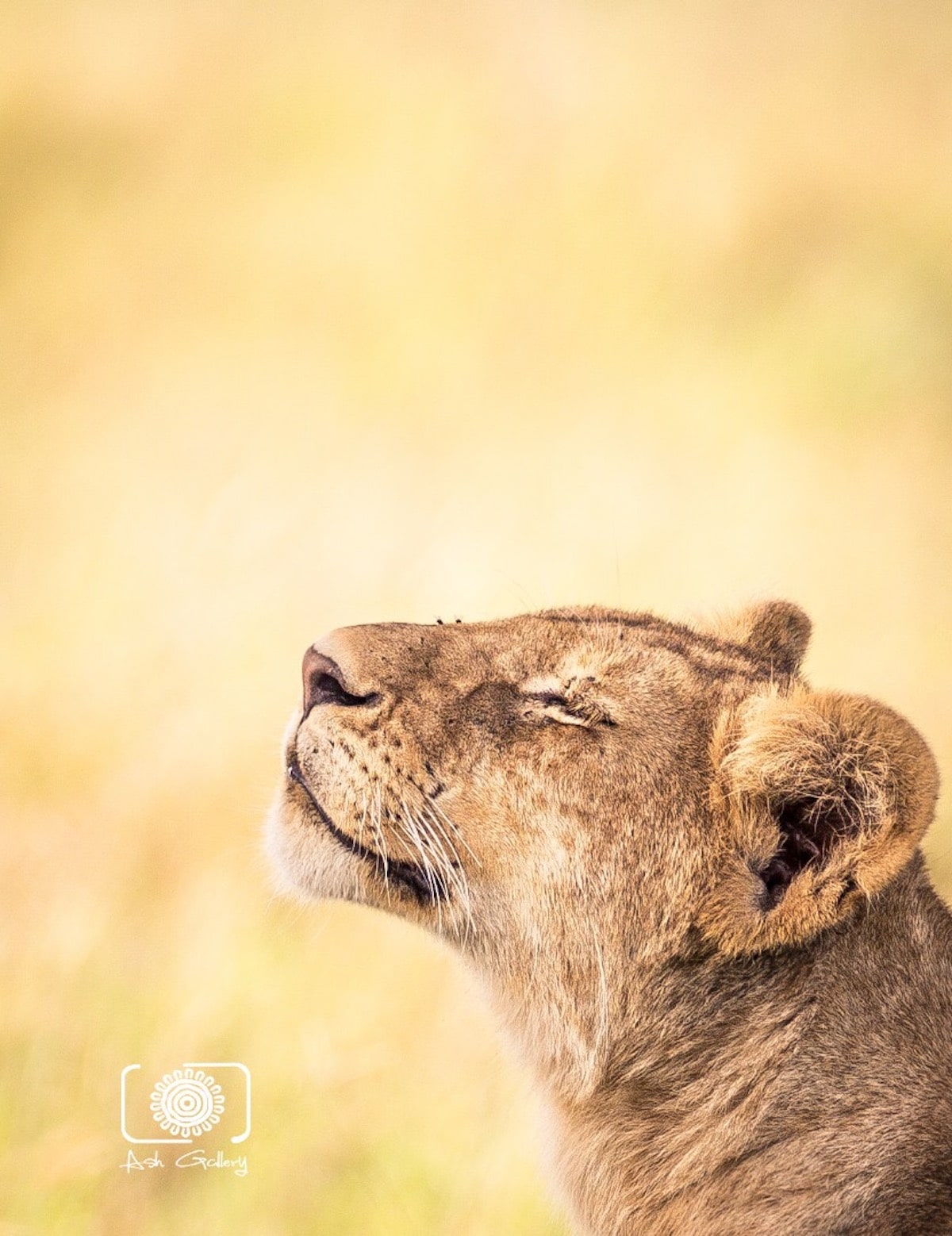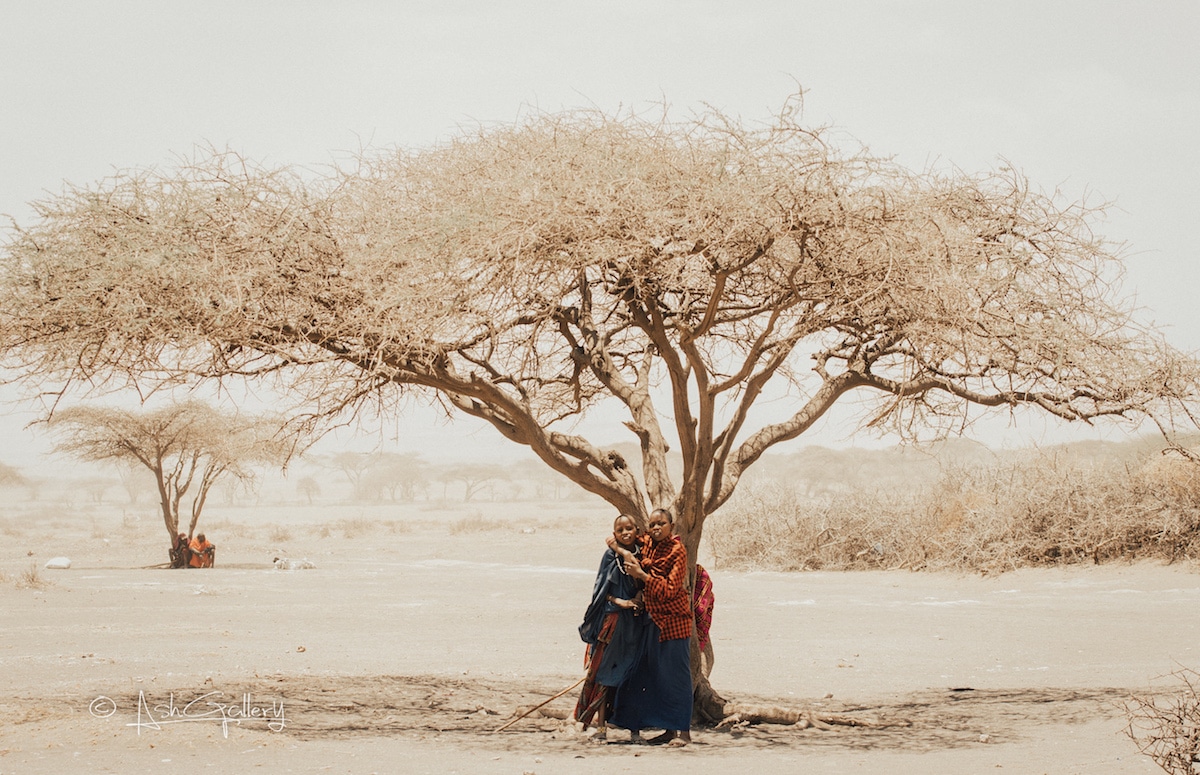
Zanzibari Ashraki Mussa Machano is making a name for himself as a talented photographer in and out of Tanzania. Through Ash Gallery, a collective he founded in 2013, Machano uses his skills to document the rich culture that surrounds him. Not limiting himself to the wildlife photography that often lures in tourists, he’s also a skilled portraitist, street photographer, and architectural photographer.
Along with three other photographers and videographers, Ash Gallery hopes to push tourists and locals to see sides of Zanzibar that may otherwise remain undiscovered. Armed with his Nikon D7200 DX-format camera, Machano explores the streets of Stone Town, the historic portion of Zanzibar City. As a Zanzibari, he’s able to bring a unique perspective to his hometown, showing a diverse vision of Africa that is often difficult for outsiders to see.
At just 27 years old, Machano is proving that photography is a profession worth pursuing on the African island. The courage of his pursuit was recently validated when he took home second prize in UNESCO’s African World Heritage Day Photo Contest. We had the opportunity to speak with the young photographer about what inspired him to pursue his passion and what he hopes Ash Gallery can do to open up Zanzibari culture to a wider audience.
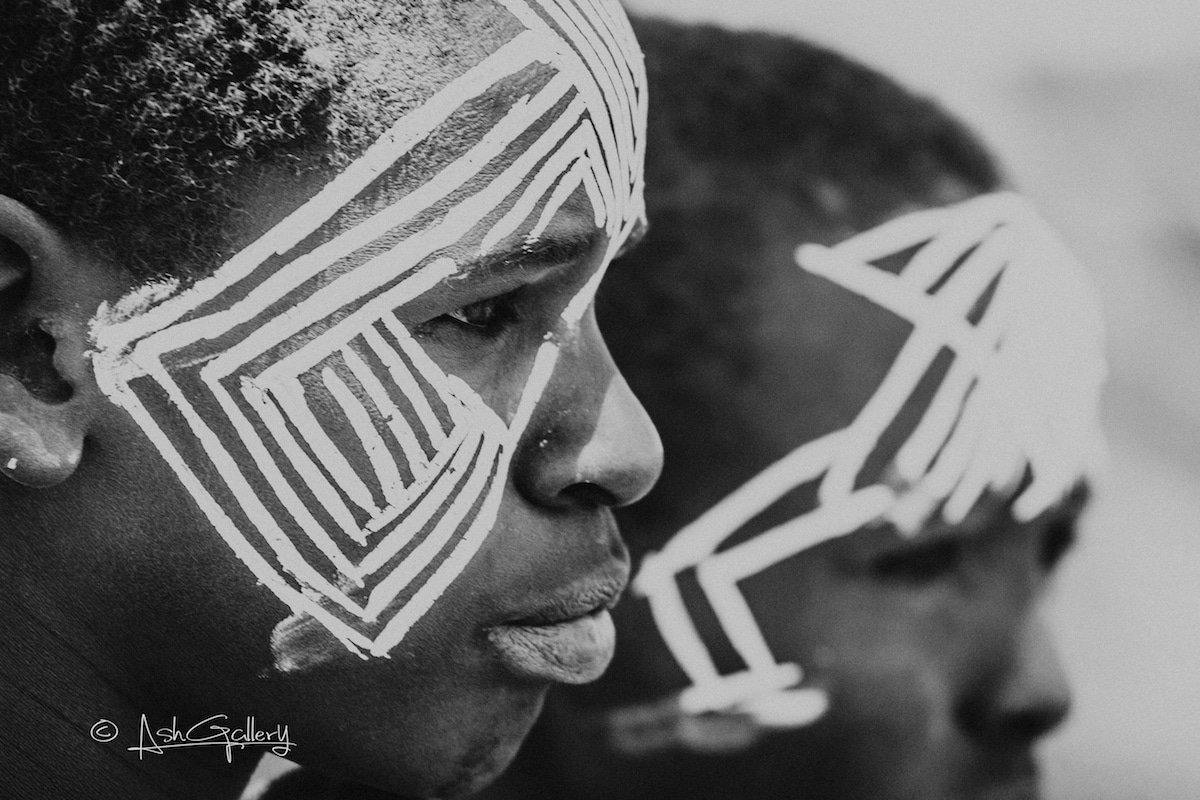 What first interested you in photography and when did you decide to become a professional photographer?
What first interested you in photography and when did you decide to become a professional photographer?
When I was still in school, my father brought home a camera from his electronics shop. He sold all sorts of small electronic appliances including cameras and he brought one home for the family. It was a treasure, almost a piece of art itself. No one touched it.
He wasn’t really interested in photography himself, but it was something to have at home—a film camera. My cousin showed me how to use it. It was very difficult and expensive to develop film, but it sparked my interest. When my sister went to the UK in 2008, she came back with a digital camera and I began to take pictures of the life around me—my life.
In addition, around 2009, access to the internet became easier. I would save a little money here and there and go to an internet café in Mkunazini (a neighborhood in Stone Town) near Lukeman’s Restaurant. And I would Google images, searching image after image after image… Everyone else was looking at football or who knows what. But Googling images helped me think about what makes a great photo, what makes an image that has an emotional impact, and resonance for both the subject and the viewer.
I used to take pictures at family gatherings, in school, and at local events. Eventually, I sold a few pictures at the Swahili House here in Zanzibar and I realized it might be possible to be a professional photographer.
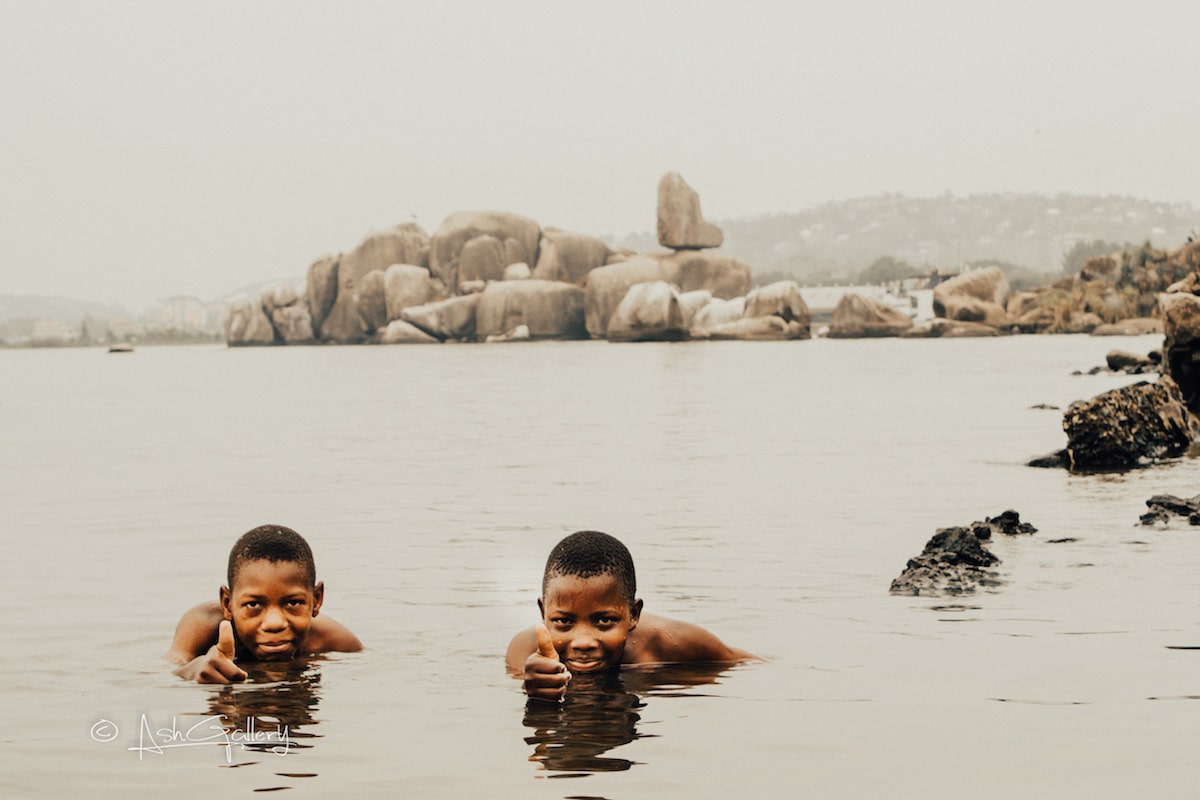 Why did you start Ash Gallery?
Why did you start Ash Gallery?
At first, it was just a name, a vision in which a number of us could develop our skills and recruit more photographers. We built out a website and we are planning a small exhibition and commercial space where people could view and purchase photographic art.
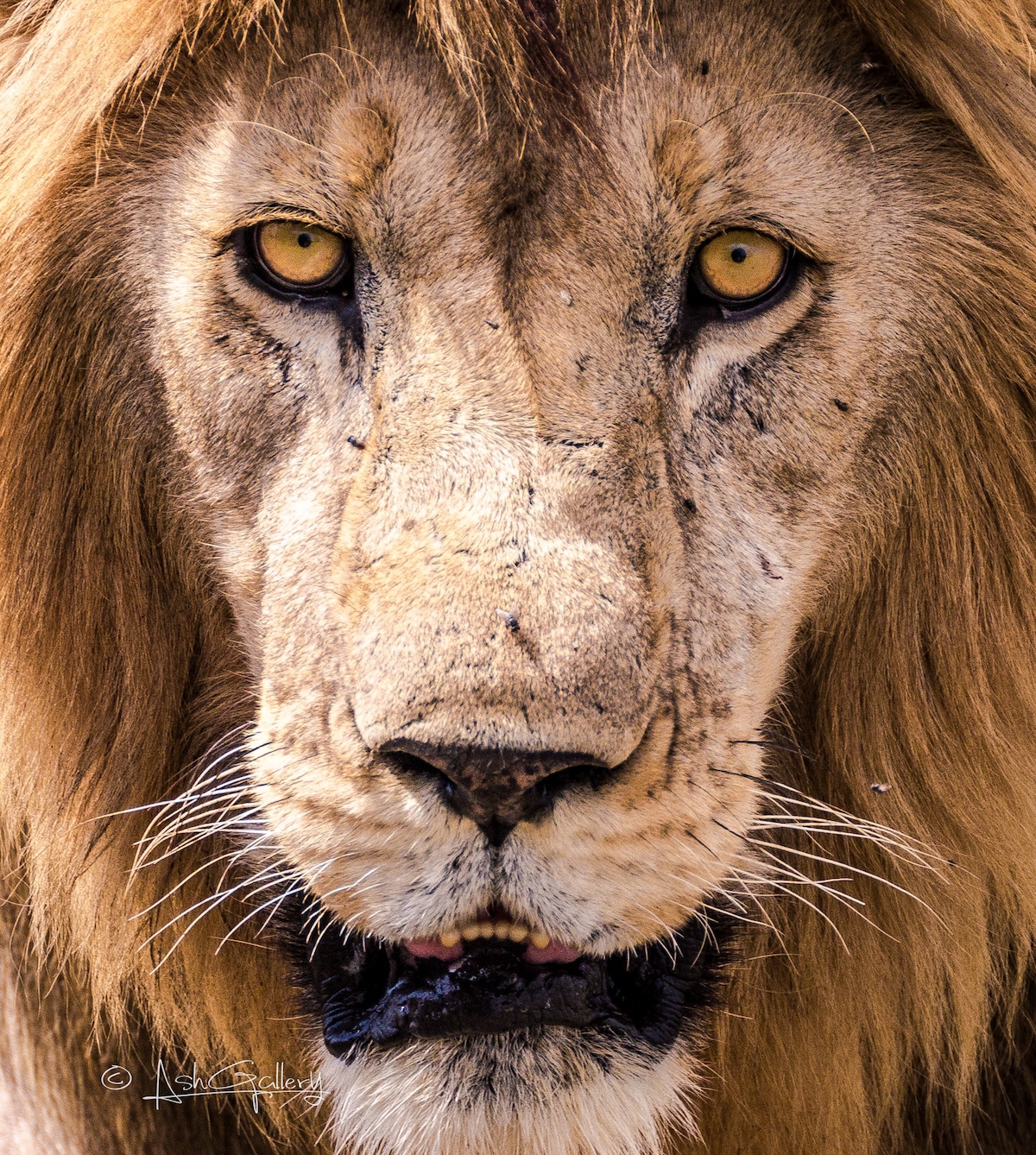 What is your favorite type of photography to shoot and why?
What is your favorite type of photography to shoot and why?
I do a lot of different types of photography: portraits, street photography, nature, and architectural photography. Last year, with a team of photographers from South Africa, I had the opportunity to visit Saadani National Park, north of Bagamoyo, on the coast of, what we Zanzibaris call, “continental” Tanzania.
This was a great opportunity for me to assist and to learn on a photo safari and develop my own wildlife photography.
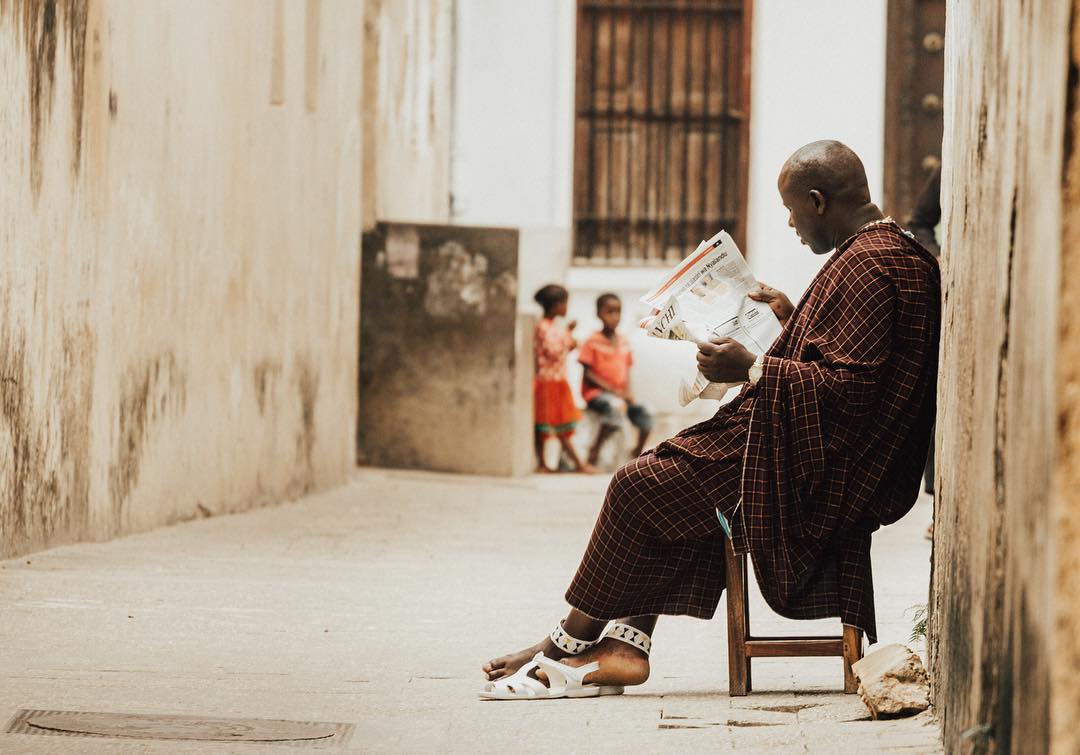 Does photography in Zanzibar have unique challenges?
Does photography in Zanzibar have unique challenges?
Zanzibaris are careful about being photographed. They don’t want to be viewed as animals, as a human commodity. Street photography here isn’t easy, even for me. But it can be done, particularly if you connect with the people you want to shoot. You have to take the time to hear their story. You have to see photography as one way of telling their story. And you have to get them to see photography in that way as well.
 How do you think being a native of Zanzibar helps you as a photographer?
How do you think being a native of Zanzibar helps you as a photographer?
First, of course, I speak Swahili as a Zanzibari. Swahili is the national language of Tanzania and is taught throughout the country. But Swahili is the first language of Zanzibar, the language we speak at home. So as soon as I begin speaking to people, they recognize me as a fellow Zanzibari. I think people recognize that if anyone can tell their story through photography, it would be me and my clients.
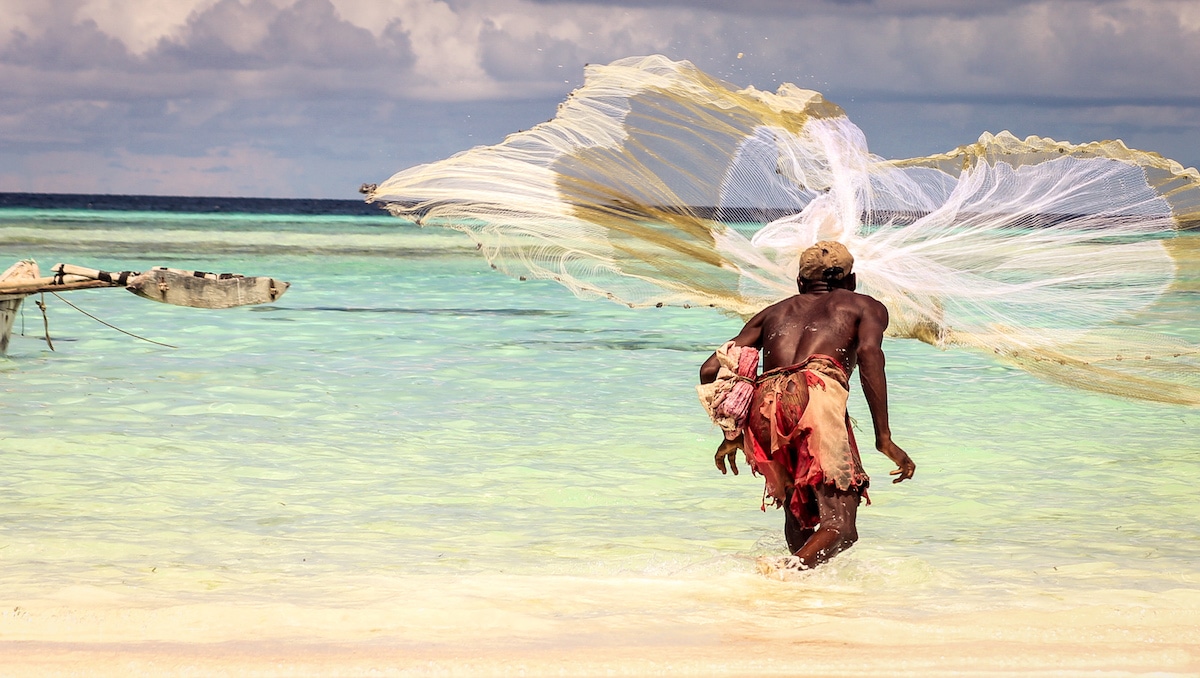 What do you hope that people understand about Zanzibar’s culture through your photographs?
What do you hope that people understand about Zanzibar’s culture through your photographs?
Zanzibar is a small island, and Pemba is even smaller. But this is a very diverse island with cultural influences from continental Africa, from Oman and the middle east and more recently from India and Europe. I’d like to have my photography explore and show that cultural richness and diversity.
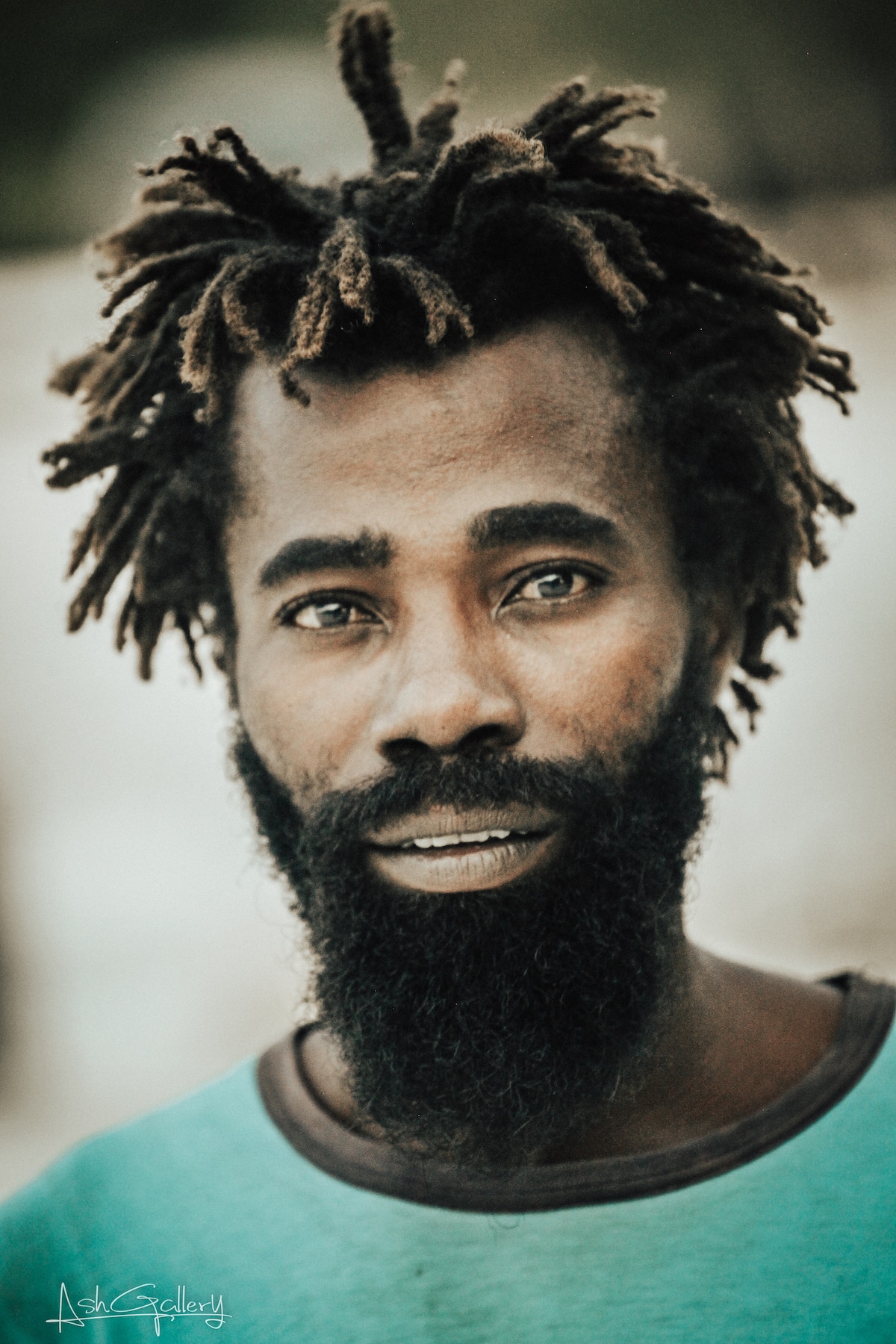 What do you think is the biggest misconception foreigners have about life in Zanzibar?
What do you think is the biggest misconception foreigners have about life in Zanzibar?
Where to even begin? Everyone travels for a different reason. Some people come to Zanzibar only for its beaches, which are very beautiful. Some people travel to experience the culture or to shop. Some people come because they have heard the name and they are simply curious.
Whatever brings people here, I want them to have an expansive experience. I want them to see and experience Zanzibar in ways that go beyond their original plan. If they originally came for the beach, I want them to feel comfortable and welcome coming to town and experiencing our culture. If they originally came to shop and experience the culture, I want them to also spend a day on a beautiful, white-sand beach where there is no one except them and the local people fishing or harvesting seaweed.
I hope that photographs by Ash Gallary will encourage them to feel welcome. As we say here in Swahili, Karibuni sana [ed. We warmly welcome you].
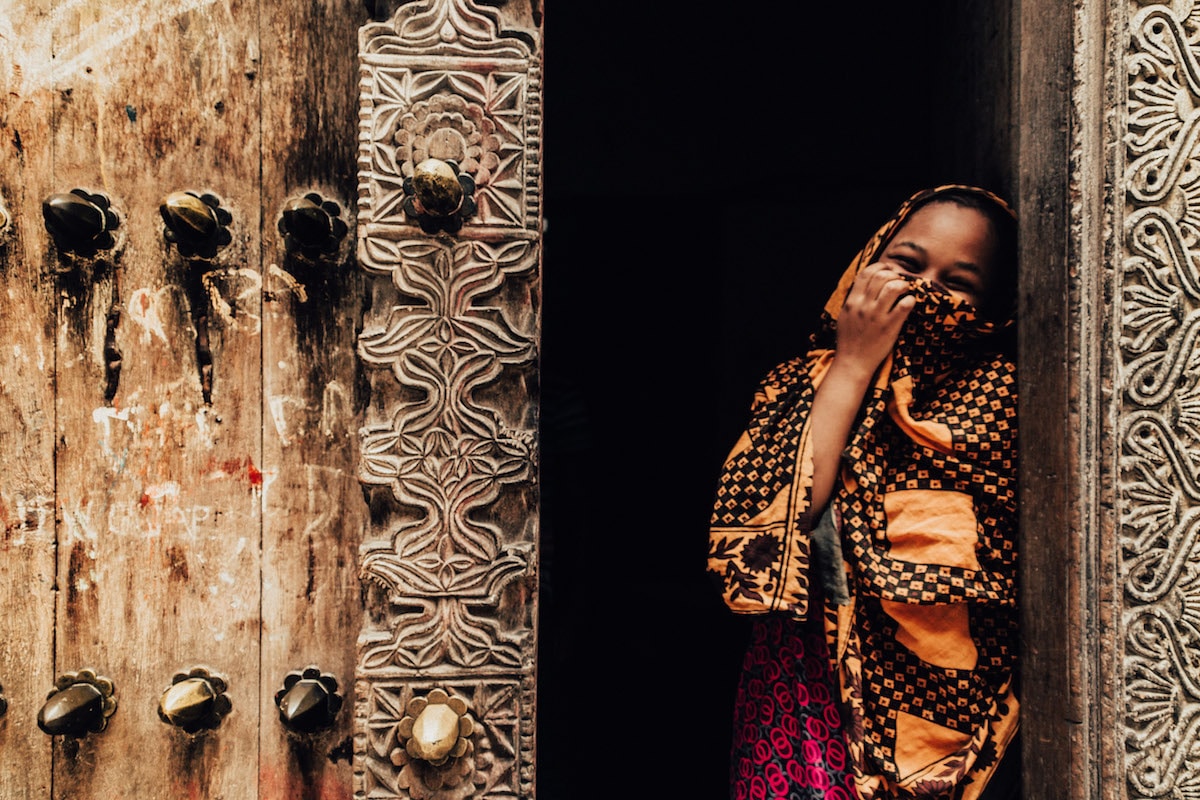 What does it mean to you to have been awarded second prize in the UNESCO African World Heritage Day Photo Contest?
What does it mean to you to have been awarded second prize in the UNESCO African World Heritage Day Photo Contest?
This is a game changer for me. It’s hard to describe the many ways this could have an impact on my work. First, it gets my work out to a wider audience. Second, it encourages visitors to think of a photo safari here in Zanzibar, taking pictures on the street and in the market. There is a lot to see and a lot to shoot. But, like any other safari, it helps to have a local guide. In this case, a guide from Zanzibar—a local guide who can smooth any situation with the local people as well as help visitors, technically and photographically, get the shot they want.
And I think this will help visitors to think of Ash Gallery as the go-to place for a local guide for a Zanzibar photo safari. Finally, the UNESCO award validates what I do to my fellow Zanzibaris. It says, yes—this is a worthwhile thing. Documenting, honoring and preserving the architecture, the culture and the environment here is something worth doing. And sharing it with the wider world is worth doing too.


